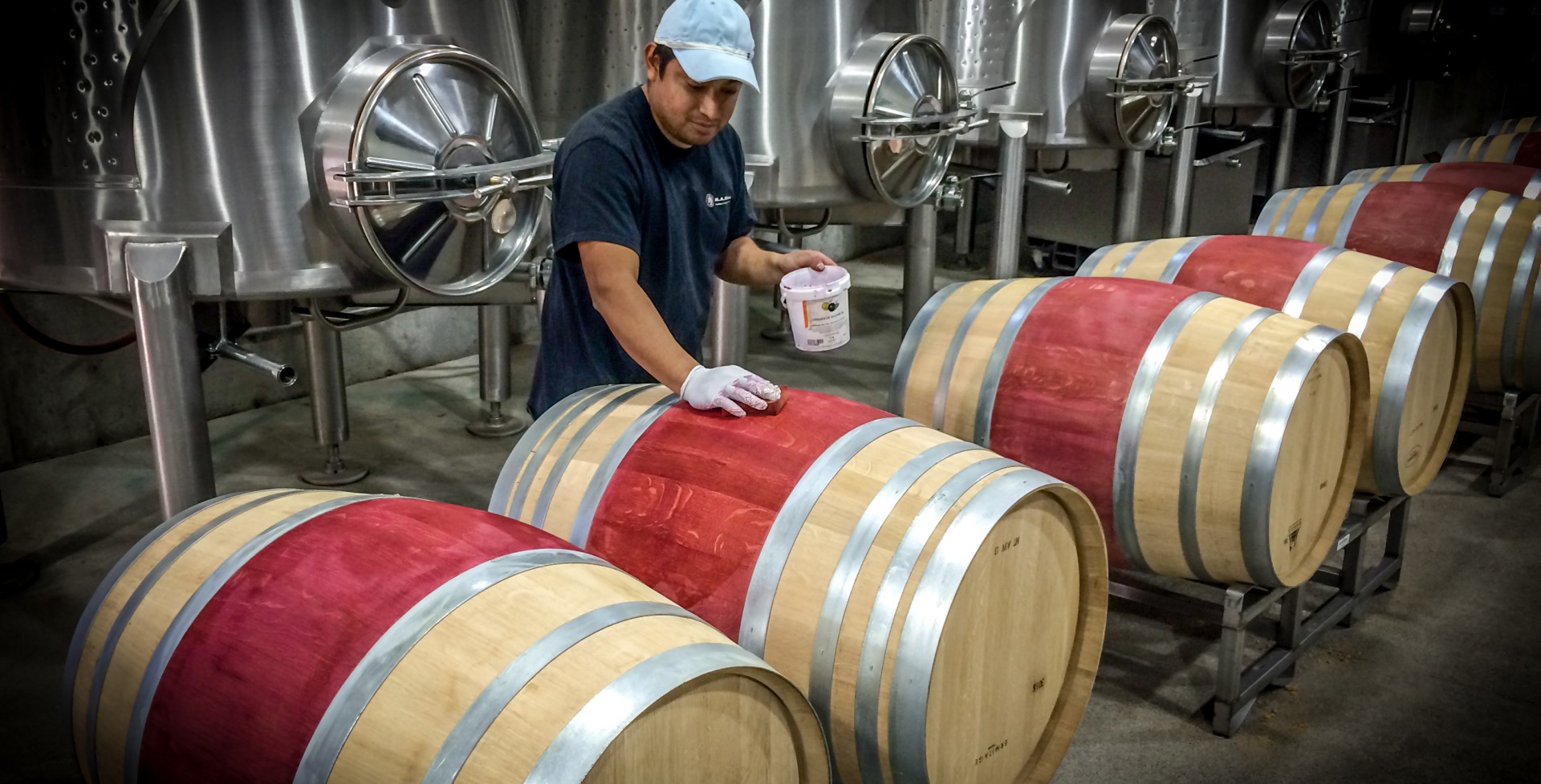Winemaking
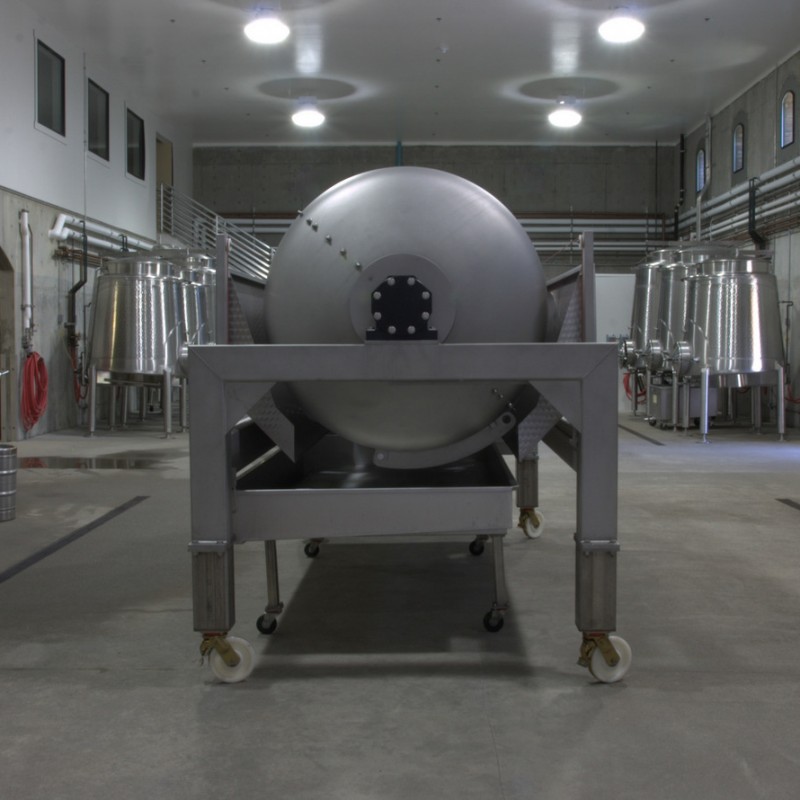
Great wine comes from great grapes. We take extra care in preserving the flavors of the fruit during our winemaking process. Each pick is fermented separately in small custom made stainless steel tanks.
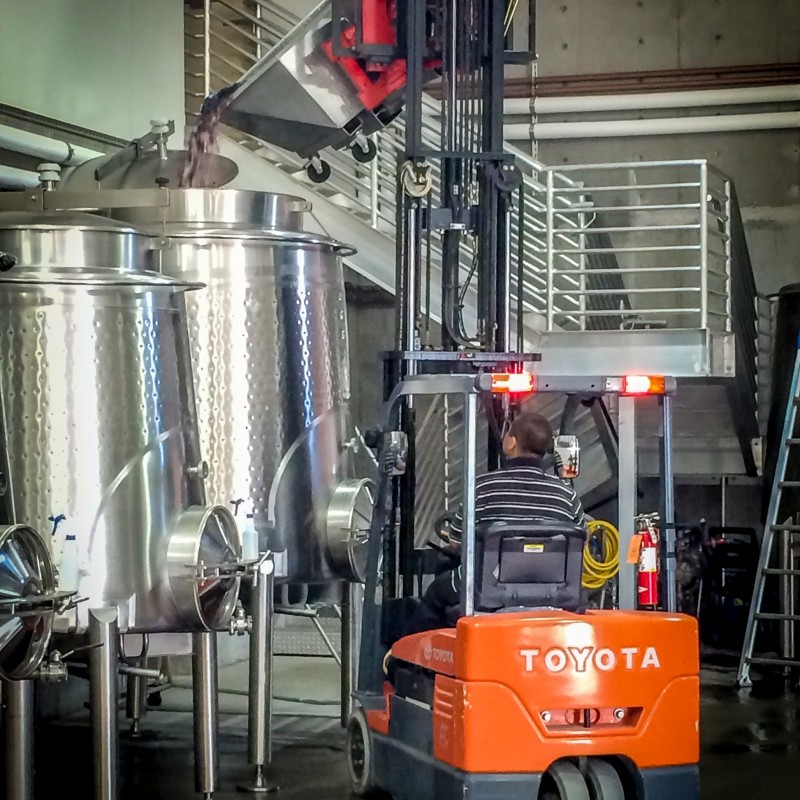
First, a week of cold maceration allows enzymes to soften the cellular structure of the berries while alcoholic fermentation remains inhibited by low temperature. Color and water soluble aromatic compounds are extracted during this period. Next, the mass of fruit is slowly warmed and the yeasts start transforming grape-sugar into ethyl alcohol and carbon dioxide. It is an exothermic reaction so temperatures are closely monitored to maintain an optimum environment for the yeasts to thrive.
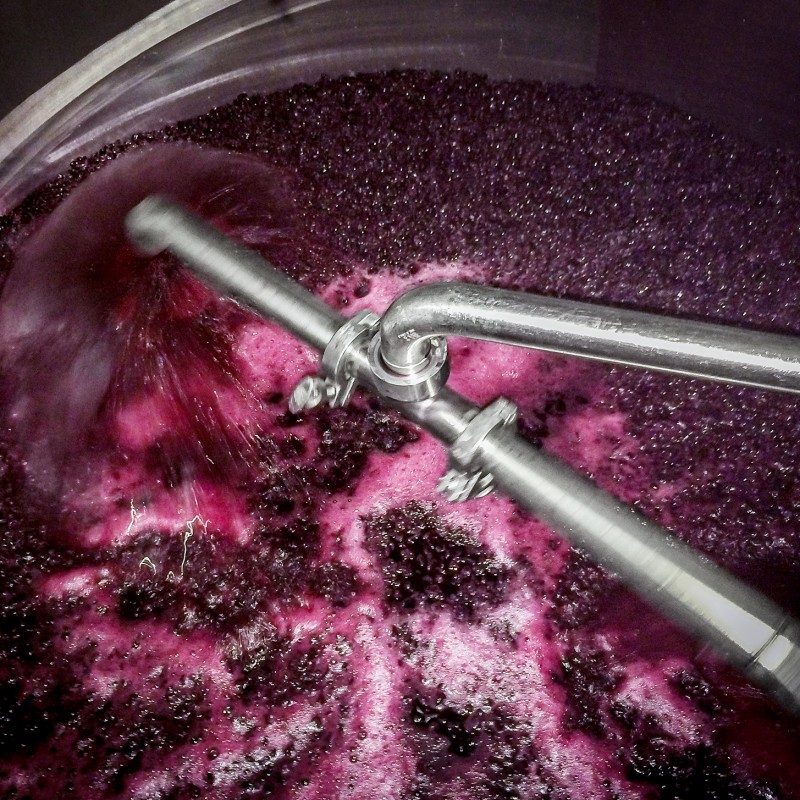
Each tank is checked twice daily, and pump-over protocols are established according to the way they taste. Grape-juice is already a very complex aqueous solution of over 500 identified chemicals, but its transformation into wine creates many more compounds. The various types of alcohols binding with the many acids create a larger number of esters, aldehydes, all interacting with the tannins and fruit extracts to further create hundreds of new flavors and aromas in the wine.
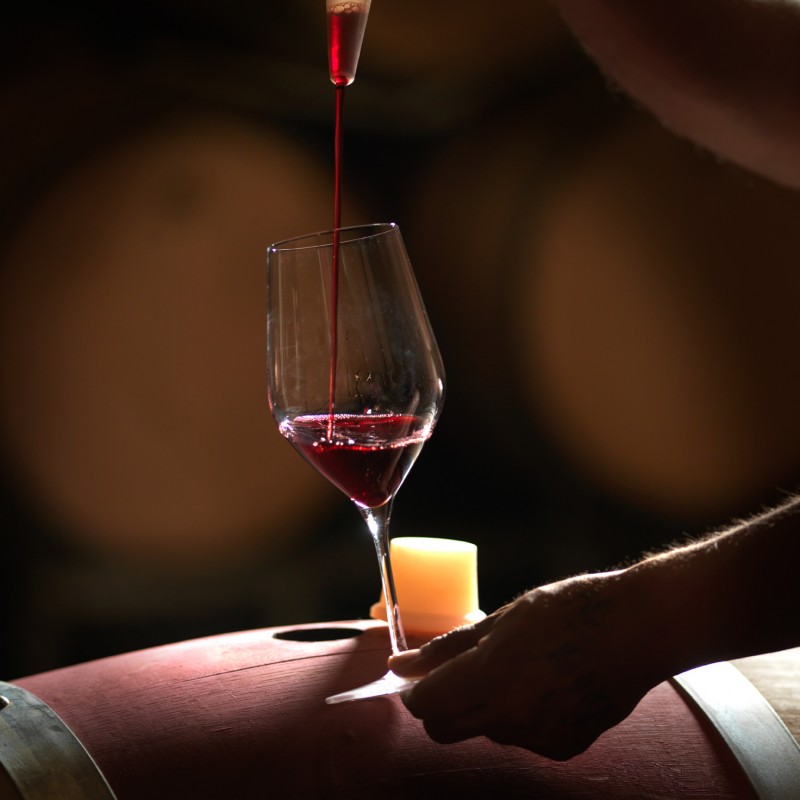
When the new wine has reached an optimum level of extraction, it is transferred into new French oak barrels. The casks are moved to a warm cave to facilitate malolactic fermentation. A process where malic acid, naturally present in grapes (and taste like tart green apples) is transformed into milder lactic acid (like in milk and cheese). After a couple of months, the wine loses excess acidity and the barrels are moved to the cold aging caves where they will mature for the next couple of years.
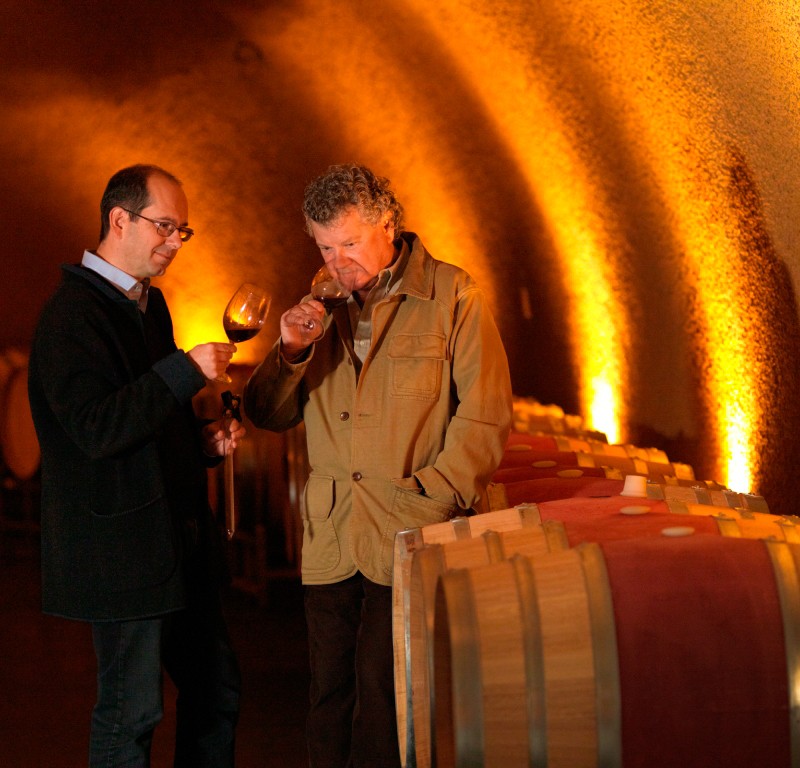
The underground aging caves are vibration free, cooled to 54 degrees and 95% humidity with constant air movement. Some of the wine evaporates allowing a metered amount of oxygen to penetrate the oak barrels. This controlled breathing is essential for the chemical transformation occurring during barrel maturation when tannins, alcohols, acids and esters further interact to create more complex aromas and flavors. A couple of years later the wine is bottled on location without any filtration or fining.

